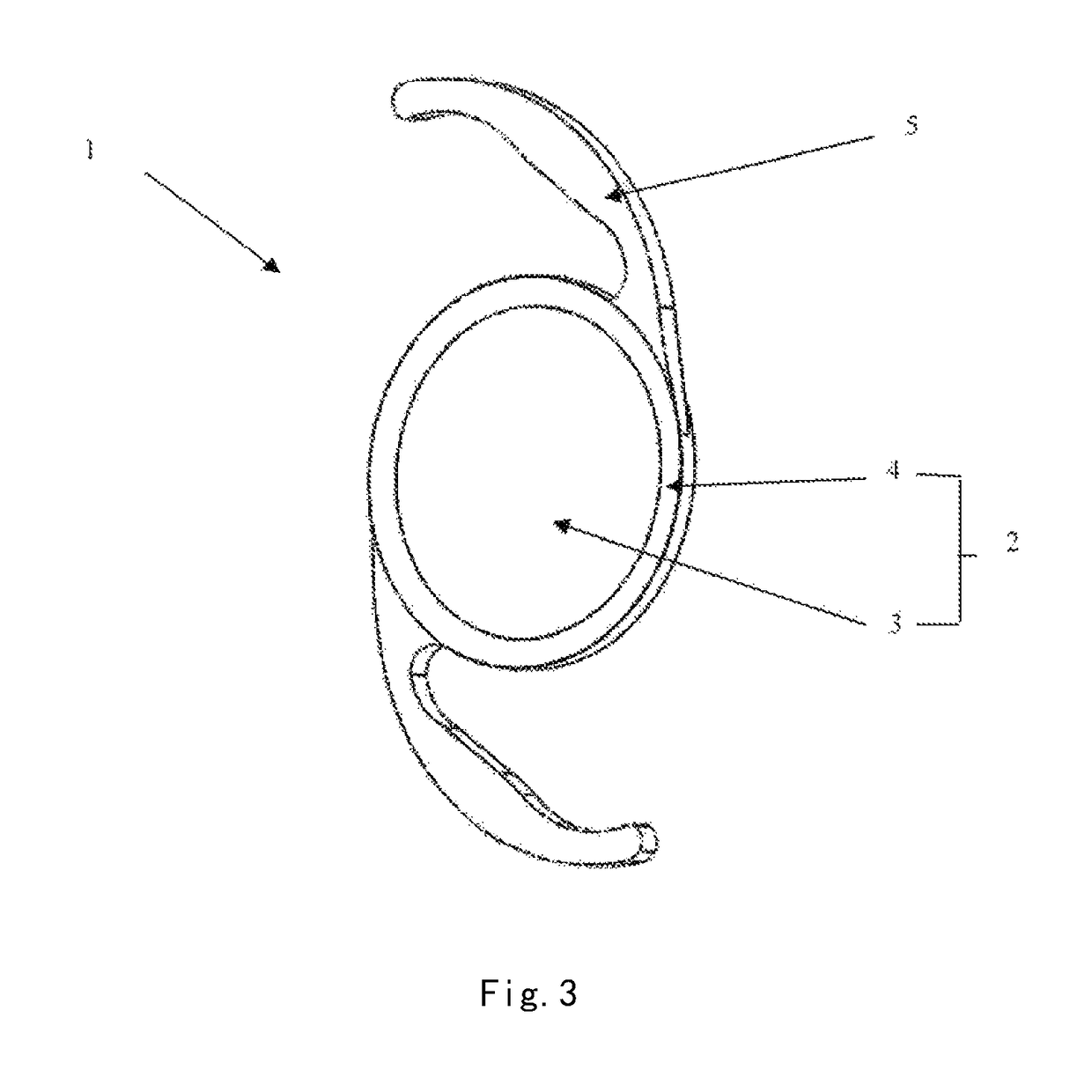Posterior chamber intraocular lens
a technology of intraocular lens and anterior chamber, which is applied in the field of posterior chamber intraocular lens, can solve the problems of poorer imaging quality, affecting imaging quality, affecting imaging quality, etc., and achieves excellent imaging quality, reduce the probability of posterior capsule opacification, and ensure the stability of the iol in the capsul
- Summary
- Abstract
- Description
- Claims
- Application Information
AI Technical Summary
Benefits of technology
Problems solved by technology
Method used
Image
Examples
Embodiment Construction
[0159]The features and advantages will be made more apparent according to the following figures and description, wherein:
[0160]FIG. 1 schematically illustrates a basic composition of a human eye refractive system;
[0161]FIG. 2 schematically illustrates a graph showing the distribution of spherical aberration magnitude (δL0′) of intraocular lenses in the prior art having different surfaces;
[0162]FIG. 3 schematically illustrates a perspective view of a one-piece posterior chamber intraocular lens according to an embodiment of the present invention as viewed from above an anterior surface of the intraocular lens, wherein haptics are unfolded and not yet folded onto the anterior surface of the optics of the intraocular lens;
[0163]FIG. 4 schematically illustrates a perspective view of a one-piece posterior chamber intraocular lens according to an embodiment of the present invention as viewed above a posterior surface of the intraocular lens, wherein haptics are unfolded and not yet folded...
PUM
 Login to View More
Login to View More Abstract
Description
Claims
Application Information
 Login to View More
Login to View More - R&D
- Intellectual Property
- Life Sciences
- Materials
- Tech Scout
- Unparalleled Data Quality
- Higher Quality Content
- 60% Fewer Hallucinations
Browse by: Latest US Patents, China's latest patents, Technical Efficacy Thesaurus, Application Domain, Technology Topic, Popular Technical Reports.
© 2025 PatSnap. All rights reserved.Legal|Privacy policy|Modern Slavery Act Transparency Statement|Sitemap|About US| Contact US: help@patsnap.com



